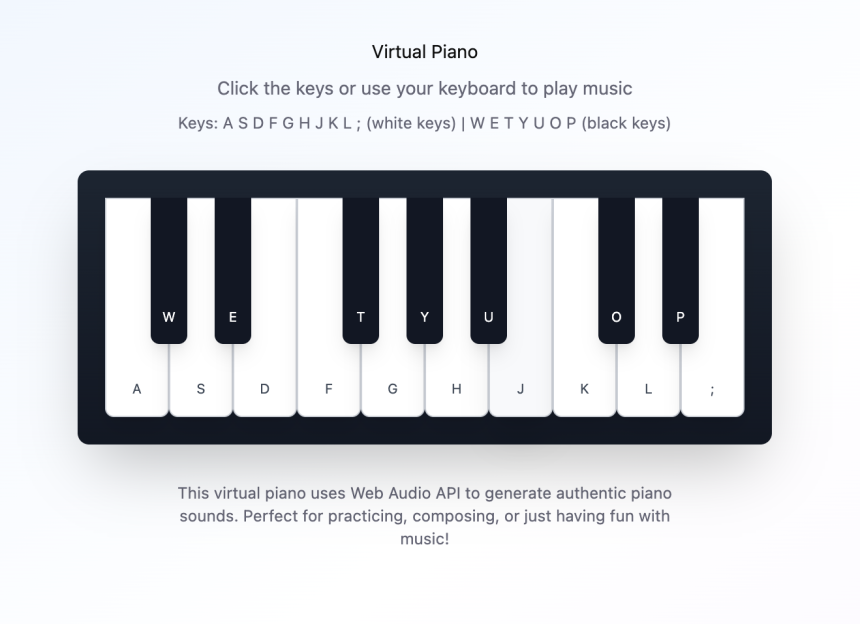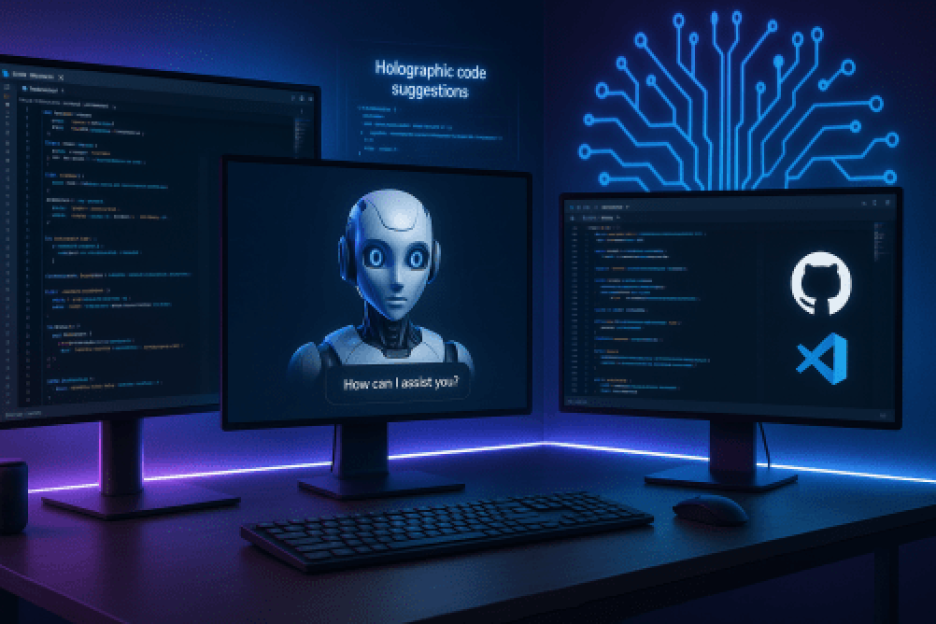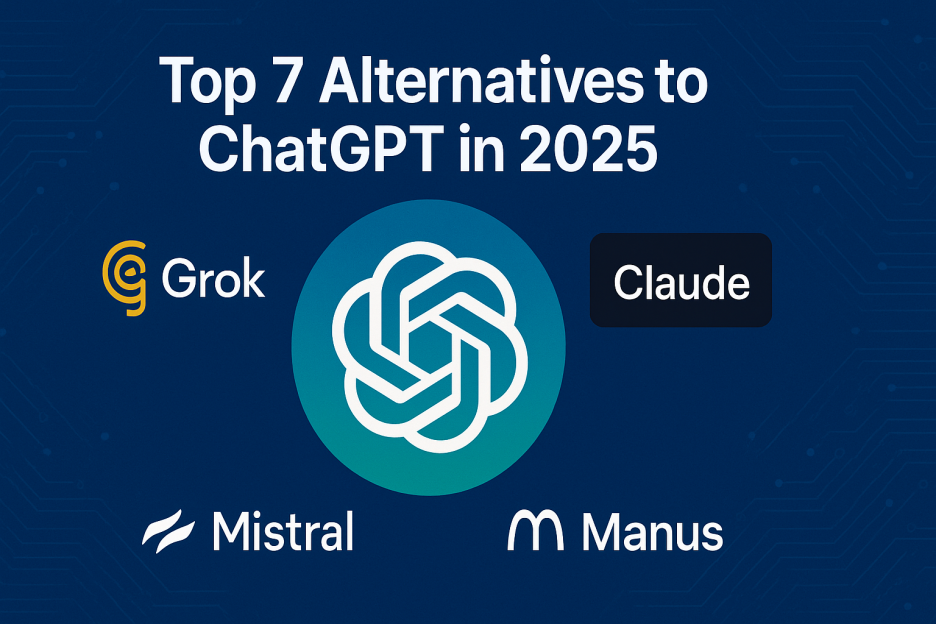On July 24, 2025, the design world saw a transformative shift with Figma’s announcement that their AI-powered tool, Figma Make, along with other AI features, is now available for general use. Moving out of its beta phase, Figma Make promises to enrich the design process, driving greater collaboration, innovation, and efficiency. Let’s delve into what Figma Make offers and how it stands to change the dynamics of design.
The Genesis of Figma Make: Empowering Creativity
Figma Make is a pioneering tool aimed at closing the gap between ideation and execution. Designed with a user-friendly “prompt-to-app” approach, it allows designers and even those with non-technical backgrounds to create high-fidelity, interactive prototypes quickly. This capability empowers teams to think bigger and bolder while working better together.
Key Features of Figma Make
- Seamless Library Integration: Import existing Figma libraries to maintain consistent design aesthetics, using predefined color palettes, typography, and styling elements.
- Supabase Integration: Connect to a backend database, enhancing the depth and functionality of prototypes and web apps.
- AI Functionality: Utilize tools such as Make and Edit Image and Boost Resolution to refine designs effortlessly.
- Open Access for Full Seat Users: Full seat users can unlock the complete suite of Figma’s AI features, enabling file publishing and sharing for robust collaboration.
- AI Credits and Flexibility: Figma introduces AI credits across all seats, allowing users to explore AI features extensively with plans to expand credits and accommodate power users in the future.
Enhancing Collaboration and Innovation with Figma Make

Figma’s AI-powered Make tool doesn’t just enhance what you create-it transforms how you create. This extension promises to streamline the entire product development process from brainstorming to prototype testing and refining.
Democratizing Prototyping
The challenge in articulating design ideas often lies in transforming abstract thoughts into tangible experiences. Figma Make democratizes this process by allowing anyone to develop realistic prototypes using natural language prompts, bridging the communication gap.
- Case in Point: Figma researcher Rie McGwier utilized Figma Make to prototype a Traffic Calculator, illustrating how it aids in conceptual clarity and fosters deeper discussions around prototyping.
From Concept to Conviction Faster
Aligning teams around concrete product decisions can be challenging, especially with varying perspectives and priorities. Figma Make provides tangible design artifacts that unite cross-functional teams in shared understanding and excitement.
- Example: Product Manager Tara Nadella used Figma Make to prototype a design checker interface, fostering faster consensus and streamlining the design-to-production timeline.
Improving Designer-Developer Synergy
Prototyping before development mitigates the risks of miscommunication during handoffs. Figma Make empowers designers to create intricate, testable prototypes, facilitating clearer discussions with development teams and enhancing efficiency.
- Success Story: Designers Kelly Hu and Giorgio Caviglia used Figma Make to prototype complex interactions for a new Auto layout option-Grid, significantly accelerating the production timeline.
Conclusion: A New Era of Design Process
Figma’s move to bring Make and its AI features out of beta marks a monumental step in reshaping design processes. By lowering the technical barriers to high-fidelity prototype creation, it invites more voices and perspectives into the design ecosystem, encouraging exploration and innovation. As Figma Make becomes a part of design teams worldwide, the future of collaborative design appears not just promising but excitingly transformative.








